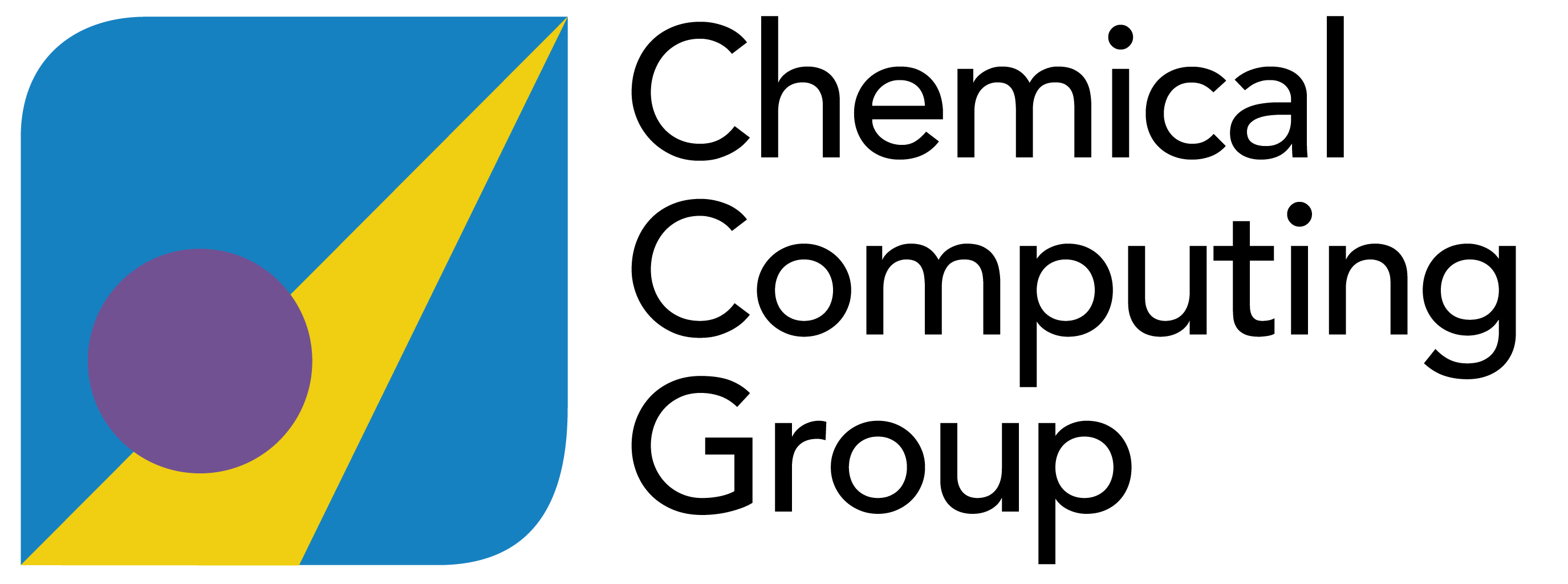過去のセミナー・トレーニングをご覧いただけます。
- 2022年6月30日
-
LSKB Webinar「タンパク質構造情報の高次利用」で発表します

7/29(金)に、株式会社ワールドフュージョン主催の LSKB Webinar「タンパク質構造情報の高次利用」で発表いたします。
LSKBと統合計算化学システムMOEとの連携による創薬モダリティへのアプローチ例(抗体、PROTACなど)についてご説明します。
詳細と申込みは以下のウェブサイトをご参照ください。
LSKB Webinar
LSKB Webinar「タンパク質構造情報の高次利用」で発表します 7/29(金)に、株式会社ワールドフュージョン主催の LSKB Webinar「タンパク質構造情報の高次利用」で発表いたします。 LSKBと統合計算化学システムMOEとの連携による創薬モダリティへのアプローチ例(抗体、PROTACなど)についてご説明します。 詳細と申込みは以下のウェブサイトをご参照ください。 |
Database AutoPH4: pharmacophore analysis of multiple protein structures
Chris Williams (Chemical Computing Group ULC)
Abstract: An automated approach to summarize pocket shapes and binding hot-spots from a collection of protein structures is presented. Pocket shapes are described using pocket volumes derived from Alpha Sites and molecular surfaces. Binding hot-spots are located using pharmacophore features generated by AutoPH4. Collections of pocket volumes and pharmacophores are analyzed using feature densities which map onto a universal grid the fraction of structures that possess a given feature at each point in space. Regions with high pharmacophore feature densities identify the most persistent interaction binding hot-spots over the collection of structures. Pocket volume densities detect and classify binding site regions into core pockets and sub-pocket regions. Fingerprints that represent pocket shape, sub-pocket presence and pharmacophore feature presence are derived and used to cluster and classify multiple protein structures using standard fingerprint clustering tools. Application of the method to fragment-based drug design, minor pocket detection, selectivity mapping, binding-mode classification and custom docking scoring function creation is presented.